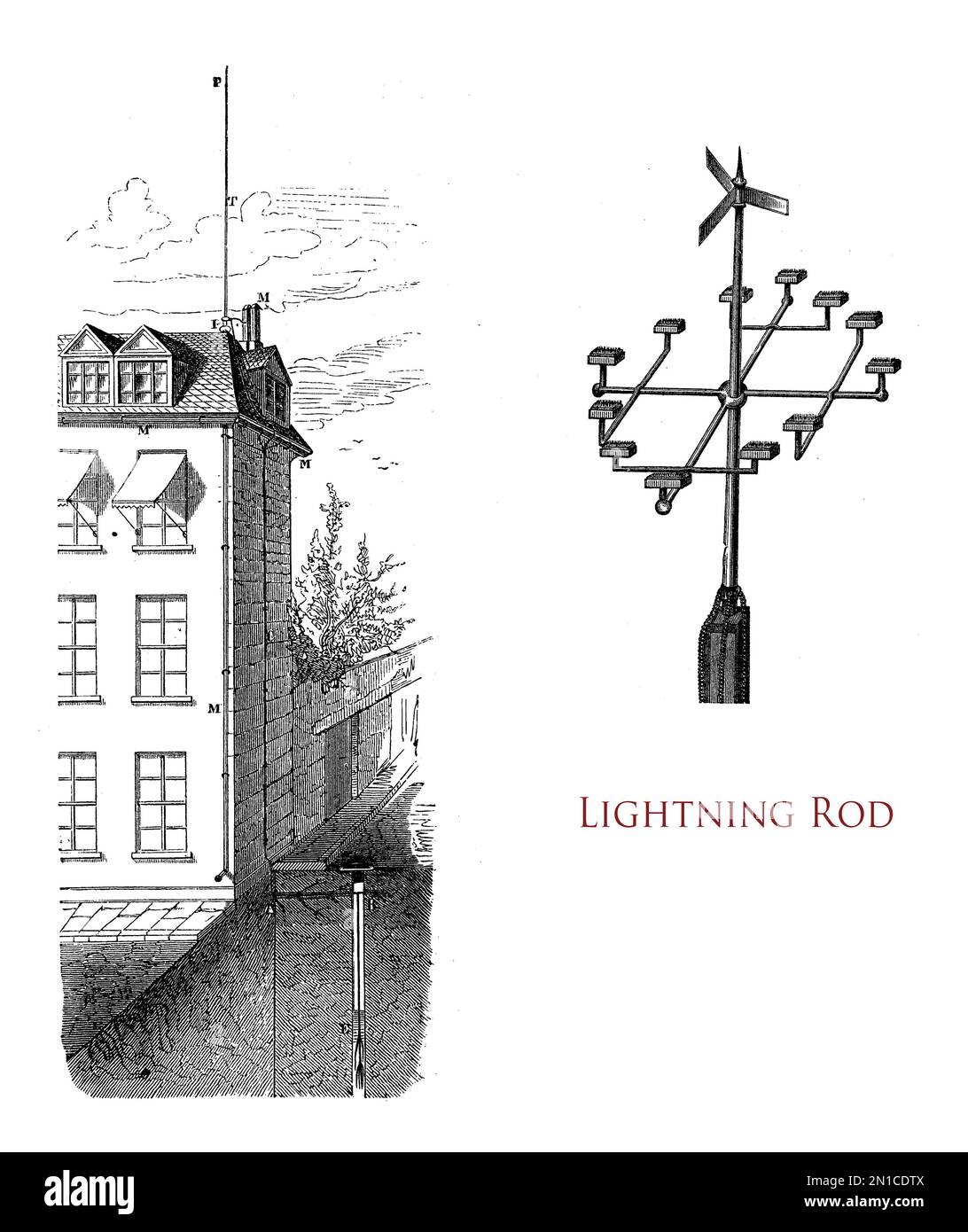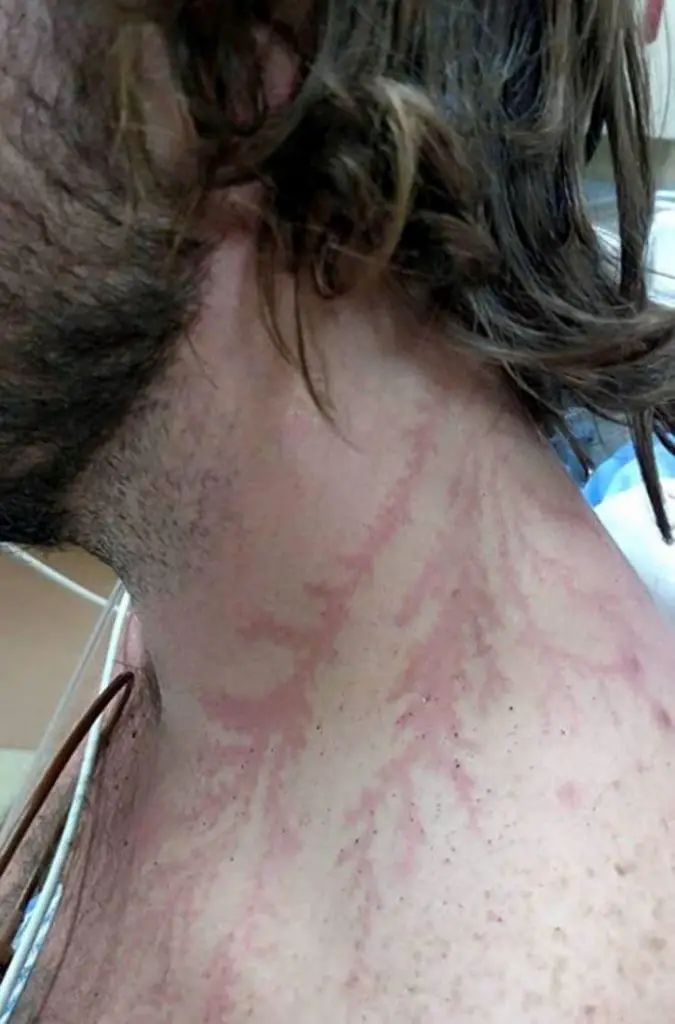Lightning Scarring: The Shocking Truth Behind Nature's Electric Burns
Ever wondered what happens when lightning strikes a human? It's not just about the zap – it’s about the scars, the stories, and the science behind nature’s most powerful electric shock. Lightning scarring is a phenomenon that leaves more than just physical marks; it etches memories, pain, and sometimes even survival tales into the lives of those who experience it. So, buckle up, because we’re diving deep into the electrifying world of lightning strikes and their aftermath.
Lightning strikes are no joke. They’re unpredictable, powerful, and can leave behind some pretty gnarly scars. But it’s not all about the physical damage. The psychological impact of surviving a lightning strike can be just as intense. Think about it – you’ve been hit by one of the most raw forces of nature. That’s gotta leave a mark, right? And that’s exactly where lightning scarring comes in.
Now, before we dive deeper, let’s get one thing straight: lightning scarring isn’t just a fancy term for burns. It’s a complex interaction between electricity, biology, and sometimes, sheer luck. Understanding this phenomenon means understanding how lightning works, how it interacts with the human body, and what happens after the strike. So, let’s get started, shall we?
Read also:Yasmine Cherif The Inspiring Journey Of A Global Icon
What is Lightning Scarring?
Lightning scarring occurs when a lightning bolt makes contact with the human body, leaving behind marks that range from minor burns to deep, permanent scars. But it’s not just about the burns – these scars often tell a story of survival, pain, and resilience. Lightning doesn’t play favorites, and when it strikes, it leaves its mark in more ways than one.
Here’s the thing: lightning scarring isn’t always visible right away. Sometimes, the damage is internal, affecting muscles, nerves, and even the brain. Other times, the scars are external, taking the form of Lichtenberg figures – those intricate, fern-like patterns that resemble fractals. It’s like nature’s own tattoo, but trust me, you don’t want this one.
How Does Lightning Scarring Happen?
When lightning strikes, it doesn’t just pass through the body – it interacts with it. The intense heat and electricity can cause burns, but they’re not your typical kitchen burns. These are electric burns, and they’re a whole different beast. The scarring process begins almost immediately, as the skin reacts to the sudden influx of energy.
Here’s a quick breakdown:
- Surface Burns: These are the most common type of lightning scarring. They’re usually superficial and can take the form of Lichtenberg figures.
- Deep Tissue Damage: In more severe cases, lightning can damage muscles, nerves, and even internal organs. This type of scarring is often invisible but can cause long-term health issues.
- Psychological Scars: Survivors often report PTSD, anxiety, and depression after being struck by lightning. These scars are invisible, but they’re just as real.
The Science Behind Lightning Scarring
Lightning is essentially a massive electrical discharge that occurs during thunderstorms. When it strikes, it releases an insane amount of energy – up to 300 million volts. That’s enough to fry your phone, your car, and, unfortunately, your body. But how exactly does it cause scarring?
When lightning hits the ground or a person, it creates a path of least resistance. This path is usually along the surface of the skin, where the electricity travels in a phenomenon known as "flashover." As it moves, it superheats the skin, causing burns and scarring. In some cases, the electricity can penetrate deeper, causing internal damage.
Read also:Best Remoteiot Platform Raspberry Pi Revolutionizing Connectivity
Factors Affecting Lightning Scarring
Not all lightning strikes are created equal. Several factors can influence the severity of lightning scarring:
- Proximity to the Strike: Being directly hit is obviously worse than being near the strike zone.
- Duration of Contact: The longer the electricity flows through the body, the more damage it can cause.
- Moisture Levels: Wet skin conducts electricity better, which can lead to more severe burns.
- Individual Health: People with pre-existing health conditions may experience more severe effects.
The Different Types of Lightning Scars
Lightning scarring isn’t a one-size-fits-all phenomenon. There are several types of scars that can result from a lightning strike, each with its own characteristics:
Surface Burns
These are the most common type of lightning scarring. They’re usually superficial and can take the form of Lichtenberg figures – those intricate, fern-like patterns that look like something out of a sci-fi movie. These scars are caused by the electricity traveling along the surface of the skin, superheating it and leaving behind a unique pattern.
Deep Tissue Damage
Not all lightning scars are visible. Sometimes, the damage is internal, affecting muscles, nerves, and even internal organs. This type of scarring is often invisible but can cause long-term health issues, such as chronic pain, muscle weakness, and nerve damage.
Psychological Scars
Survivors often report PTSD, anxiety, and depression after being struck by lightning. These scars are invisible, but they’re just as real. Dealing with the psychological aftermath of a lightning strike can be just as challenging as dealing with the physical scars.
Preventing Lightning Scarring
While you can’t control the weather, you can take steps to reduce your risk of being struck by lightning. Here are a few tips:
- Stay Indoors During Thunderstorms: This one’s a no-brainer. If you hear thunder, head indoors immediately.
- Avoid Open Spaces: If you’re caught outside during a storm, avoid open spaces and tall objects.
- Stay Away from Water: Water is a great conductor of electricity, so avoid swimming or boating during a storm.
- Unplug Electronics: Lightning can travel through power lines, so unplug your electronics during a storm.
Treatment and Recovery
If you or someone you know has been struck by lightning, it’s important to seek medical attention immediately. While some scars may fade over time, others may require treatment. Here are a few options:
Medical Treatment
Doctors can treat lightning scarring in several ways, depending on the severity of the burns. This may include:
- Skin Grafts: For severe burns, skin grafts may be necessary to replace damaged tissue.
- Physical Therapy: If there’s muscle or nerve damage, physical therapy can help restore function.
- Counseling: Dealing with the psychological aftermath of a lightning strike can be just as important as treating the physical scars.
Home Remedies
While home remedies can help with mild burns, they’re no substitute for professional medical treatment. That said, here are a few things you can try:
- Cool Compresses: Applying a cool compress to the affected area can help reduce swelling and pain.
- Aloe Vera: Aloe vera gel can help soothe burns and promote healing.
- Hydration: Staying hydrated can help your body recover from the shock of the strike.
Real-Life Stories of Lightning Scarring
Lightning scarring isn’t just a scientific phenomenon – it’s a real-life experience for many people. Here are a few stories from survivors:
John’s Story
John was hiking in the mountains when a storm rolled in. Before he could find shelter, a lightning bolt struck nearby. The shockwave threw him to the ground, and when he got up, he noticed strange patterns on his skin. These patterns, known as Lichtenberg figures, became a permanent reminder of his close encounter with nature’s fury.
Sarah’s Story
Sarah was walking her dog when lightning struck a tree nearby. The electricity traveled through the ground and up her leg, leaving her with severe burns and nerve damage. While the physical scars have faded over time, the psychological impact remains. She now suffers from anxiety and avoids going outside during storms.
Conclusion: The Lasting Impact of Lightning Scarring
Lightning scarring is more than just a physical phenomenon – it’s a testament to the power of nature and the resilience of the human spirit. Whether it’s the visible scars on the skin or the invisible scars in the mind, surviving a lightning strike is an experience that changes you forever.
So, what can you do? First, take precautions to reduce your risk of being struck. Second, if you or someone you know has been struck, seek medical attention immediately. And finally, remember that recovery is a journey – one that may involve both physical and psychological healing.
Got a story to share? Leave a comment below or share this article with your friends. Together, we can spread awareness about lightning scarring and help others understand the risks and realities of this electrifying phenomenon.
Table of Contents
Article Recommendations


